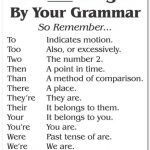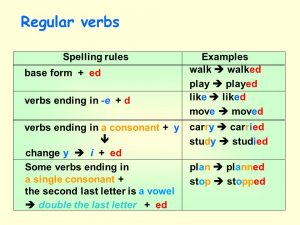 In, on, under… these small words are used to describe where someone or something is.
In, on, under… these small words are used to describe where someone or something is.
- In the first picture, the ball is in the box.
- In the second picture, the ball is on the box.
Here’s a silly, short kids’ video that can help you remember which word to use.
And here’s a little lesson on these words – called “prepositions of place”.
Finally, here is a description of many more prepositions of place, and a quiz.




